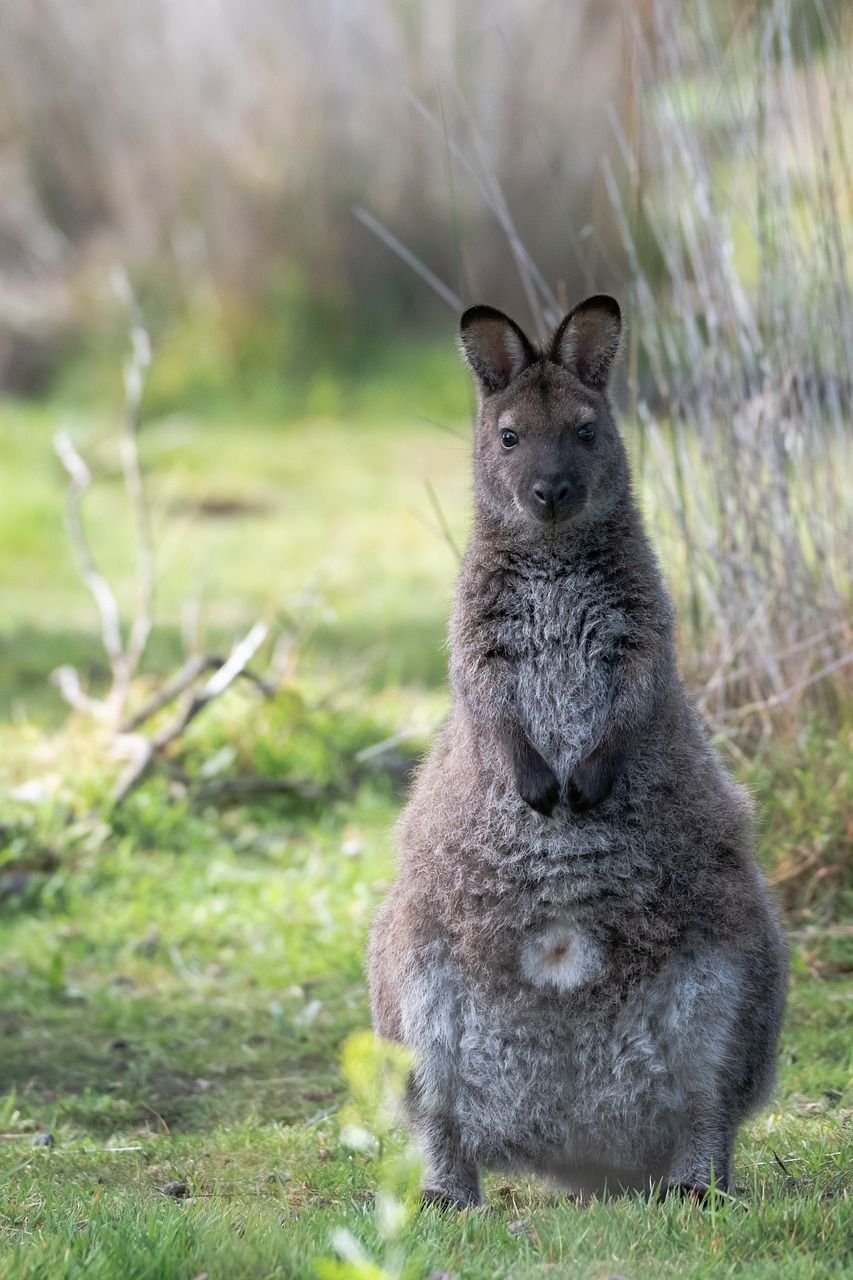Unbelievable but true: the animal kingdom has its own.forbidden pleasures“Just like humans, there are animals that seek. medicines, psychoactive, stimulant and hallucinogenic substances to experience unusual sensations. Whether for purification, performance or entertainment, these animals show us that the pursuit of pleasure is not unique to our species. so what’s up Animals who use drugs and why they do it? Find out in this exciting article that will immerse you in an unknown and fascinating world.
Cats Using Ecstasy: Catnip Is Driving Them Crazy!
This catsFor example, they are particularly fond of catnip (Nepeta Cataria).components that help cleanse their digestive systems mimicking cat sex pheromones. If you have ever had a cat, you must have witnessed how they knock over, lick and chew these plants and make sounds that show their joy.
But catnip isn’t the only herb that attracts them. they like cat thyme, valerian and Matatabi, providing them sensations similar to those we experience when consuming viagra, hallucinogens, and relaxantsrespectively.

Wallabies: Opium-addicted marsupials?
Where we find this type of behavior isn’t just in our feline friends. in Australia, Wallabies have been known to consume poppies and run in circles until they fall in surprise.. While Australia produces 50% of the world’s legal opium, this kangaroo behavior is a cause for concern, especially when sheep start to imitate them.
Goats: true pioneers of the stoned ones!
Goats, on the other hand, played a leading role in the discovery of various substances that humans also consume.. Thanks to them, for example, coffee was discovered. In Ethiopia and Yemen, goats do not hesitate to chew. khat leaves, a plant with euphoric properties that are also consumed by the local population. It is also known that goats consume mezcal beans. peyote-like hallucinations.
Reindeer Airlines! ‘Flying’ reindeer with hallucinogenic mushrooms
We can also find it in the animal kingdom animals willing to experiment with psychoactive substances. Reindeer consume Amanita muscaria, a poisonous mushroom that gives them a sense of flight. In northern Europe, shamans drank reindeer urine to experience the psychoactive effects of the fungus.
Locoweed: Grass drives cows crazy
HE crazy weed It is another plant that can cause adverse effects in animals such as cows, horses and sheep. When consumed by these grazing animals, it causes self-isolation and loss of appetite. Despite these negative effects, cattle seek and consume locoweed whenever they can.
Capuchin monkeys: Centipedes, the most unexpected ‘camel’
Mandrills and capuchin monkeys also have their own “drug” preferences.. Baboons consume the hallucinogenic root of the iboga plant before a fight. Capuchins use centipedes as a source of poisonous compounds and narcotics.. When threatened, centipedes release a cyanide-containing compound that is highly toxic and deadly to most species. However, capuchin monkeys have learned that rubbing themselves a small amount of this liquid helps repel parasites and gives them a pleasant narcotic effect.
Dolphins and pufferfish: Underwater drug party
Dolphins also have a way of taking drugs in groups. They catch a puffer fish and take turns “sniffing” it, tapping it with their noses to release a small amount of narcotic toxin. Although the pufferfish toxin is 1,200 times more potent than cyanide and often deadly, small doses have a stunning effect on them.
Drunk elephants: When what we love is getting a trunk
Some animals prefer to enjoy alcohol. For example, elephants travel long distances in search of the alcohol-containing fermented fruit of marula.. When an elephant eats these fruits, it flaps its ears, shakes its head, and makes noises until it finally falls asleep. Elephants have sometimes entered rice brewing areas or alcohol labs in India, wreaking havoc and even causing death.
Mosquitoes are in trouble: A glass of fruit so you don’t restrict yourself
On the other hand, fruit mosquitoes of the genus Drosophila find sources of alcohol quite attractive when rejected by a female. Mosquitoes are so sexually aroused that they cannot distinguish between male and female during their drunkenness. performing serenades and mid-air mating ballets with same-sex specimens.
According to ethnobotany and ethnomicologist Giorgio Samorini, in the animal kingdom, in contexts unaffected by the anthropogenic environment, no known cases of addiction. Nature seems to guard against “immorality,” and if such behavior persists in a species, there must be an evolutionary reason. claims the samoan “The drug phenomenon is a natural phenomenon, the drug problem is a cultural problem.”
In summary, Consumption of psychoactive, stimulant and hallucinogenic substances is not unique to humans.. Many species in the animal kingdom try to experiment with different substances to enjoy unusual pleasurable sensations. While in some cases there are evolutionary reasons behind these behaviors, they ultimately show us that pleasure seeking is a universal and shared phenomenon across species.